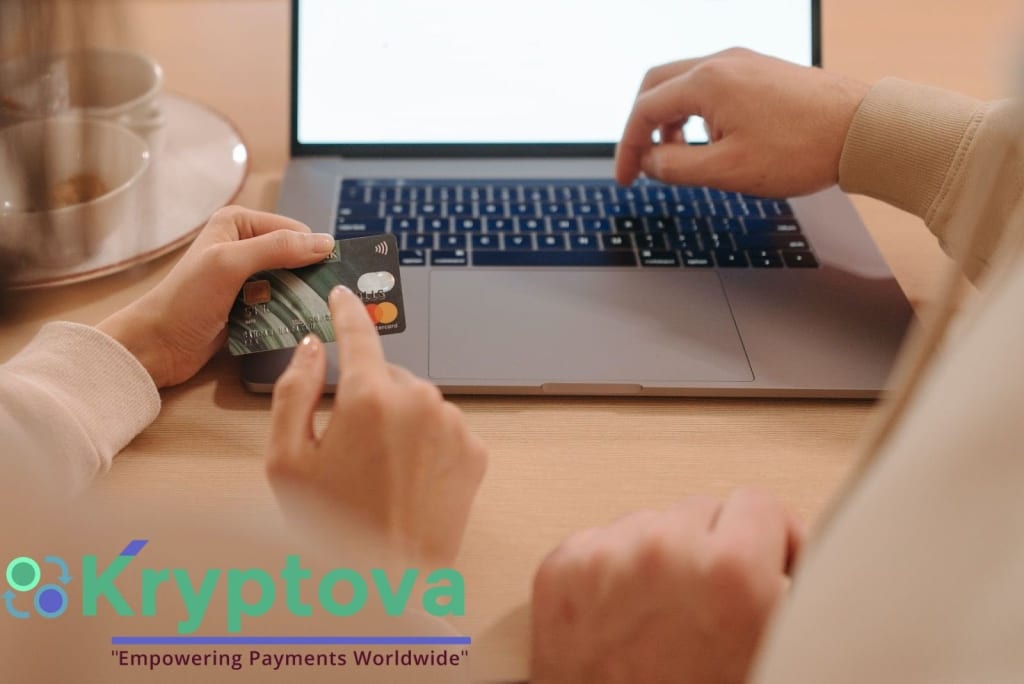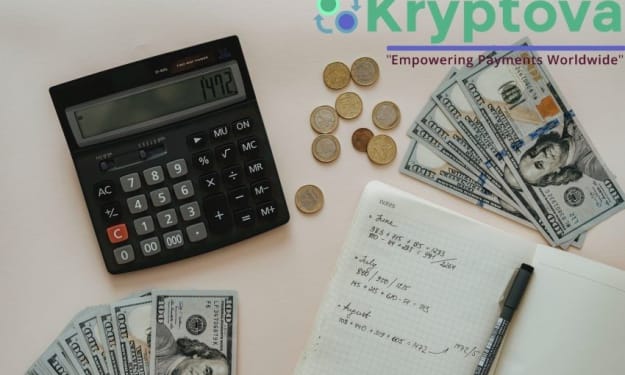Rise of Contactless Payment After Covid-19
Covid-19 changed the way people interact with each other. Nobody thought that a day would come when people would be forced to stay indoors, and physical contact would be a thing of the past. People are adjusting to life post-Covid and making changes in their lifestyle. One such change is using contactless payment more to avoid touching others to stop unknowingly spreading the virus.

Covid-19 changed the way people interact with each other. Nobody thought that a day would come when people would be forced to stay indoors, and physical contact would be a thing of the past. People are adjusting to life post-Covid and making changes in their lifestyle. One such change is using contactless payment more to avoid touching others to stop unknowingly spreading the virus.
Although the second wave of Covid has passed, scientists predict that the third wave may come earlier than expected if preventive measures are not taken. As it is, many businesses have faced financial loss due to Covid, and they won’t like to add to their woes. That’s why age-old companies, including banks, are rethinking their daily operations. They are trying to integrate contactless payment into their day-to-day operations.
So, what precisely does contactless payment mean? Let’s find out.
What Are Contactless Payments?
Contactless transactions have become quite popular in many parts of the world. As the name suggests, contactless payments are a mode of paying for goods or services without physically touching the money, swiping your card in a machine, or making physical contact with another person. You may not have paid attention, but you have likely paid for something using contactless payment. Remember the time when you scanned a QR code at a checkout counter of a grocery store? Yup. That’s what contactless payment means.
Contactless payments are convenient for customers, retailers, and banks to conduct seamless, swift, and socially distant transactions. Once set up, the systems are relatively maintenance-free.
How Do Contactless Payments Work?
It seems very easy to make contactless payments. You just need to scan the QR code of the person you are paying or search the payee by name and pay them using the digital wallet you use. Pretty easy. Right? But the reality is far from it. So much goes on in the backend.
The contactless payment systems work with the help of a widespread technology built upon electromagnetic fields called radio-frequency identification (RFID). The technology employs memory chips that store data or “tags,” and RFID readers that decode the message. It is used for everyday tasks like package tracking, inventory management, and toll collection.
Contactless payment systems often depend on near-field communication (NFC), a more complex technology that falls under the RFID umbrella. Unlike RFID that can function at a distance of many feet, NFC mobile payments only work when there’s a small distance (usually a few centimetres) between the devices involved. It is the technology behind payment services like Apple Pay and Google Pay. Cardholders can use contactless payment platforms on their smartphones or watches for fast and easy transactions at point-of-sale (POS) terminals.
When it comes to banking, cardless ATMs allow customers to withdraw money with just a simple swipe, scan, or tap. Instead of physically putting a debit card into the machine, these ATMs let customers withdraw cash through their smartphone app. Some banks even issue contactless credit card and have their own proprietary apps for accessing cardless ATMs, while others collaborate with third-party mobile wallets like Apple Pay. These apps generate verification codes or display a digital version of the user’s debit card. Users can scan the code or tap the device near an indicated spot in the ATM booth, and that’s it — the transaction is complete.
Why Rise in Contactless Payment?
In early March 2020, the World Health Organization warned countries that physical currency might carry and spread the Covid-19. It made the need for contactless payments even more pressing. Although it was not clear earlier how likely one was to catch Covid-19 by touching surfaces or objects, many businesses, including banks, wanted to minimize the risk of infecting customers, however minuscule it may be. Hence, they gave a push to contactless payment.
With the “new normal” way of life where people were striving to keep their distance from others, it was only natural for banks and card issuers to adjust to the new trend and introduce contactless payments. In many countries, overall usage of contactless payments has more than doubled since March 2019, when the Covid became worse. But even before the pandemic, banks were trying to nudge their customers toward contactless payments by offering them rewards for using contactless payment platforms. Even Google jumped into the bandwagon and started rewarding people for shopping, making payments using its online payment app Google Pay.
Future of Cashless Payments
As the pandemic is not yet curbed, it seems unlikely that people will be eager to wait in lines of more than a couple of people to deposit checks or make withdrawals. It’s even unimaginable that they will want to handle wads of cash and coins that hundreds of strangers have touched. They would like to steer clear of making physical payments knowing that someone infected with the virus might have handled the money. Additionally, they will likely want store clerks and bank tellers to maintain physical distance. So, the trend of contactless payment will not fade away with time. It will continue to grow from here.
Visit Kryptova to see how you can implement crypto in your business?
Giving website visitors and potential customers various payment options to choose from is important, for enhancing customer experience and help turn online searchers into paying and long-term consumers. A convenient checkout process is plausible to give your website more sales, decreased cart abandonment, and brand trust. If you want to find out more, read more about friendly payment methods on Kryptova, if you’re thinking about accepting various payment methods using just a single payment system. Visit Kryptova now to learn how to implement crypto payment options into your business.
About the Creator
Enjoyed the story? Support the Creator.
Subscribe for free to receive all their stories in your feed. You could also pledge your support or give them a one-off tip, letting them know you appreciate their work.





Comments
There are no comments for this story
Be the first to respond and start the conversation.